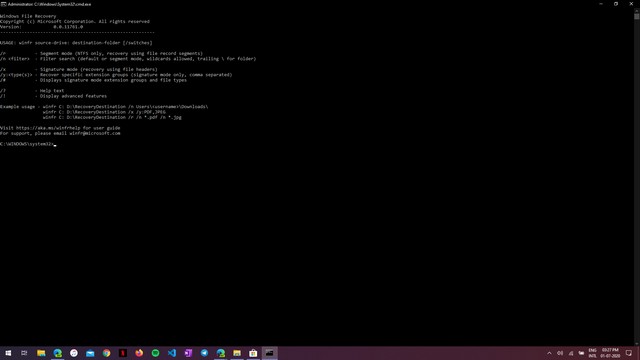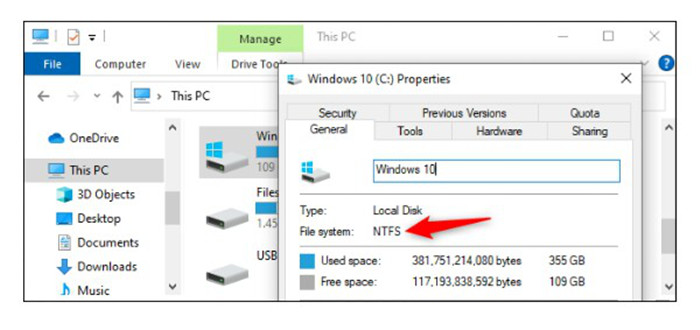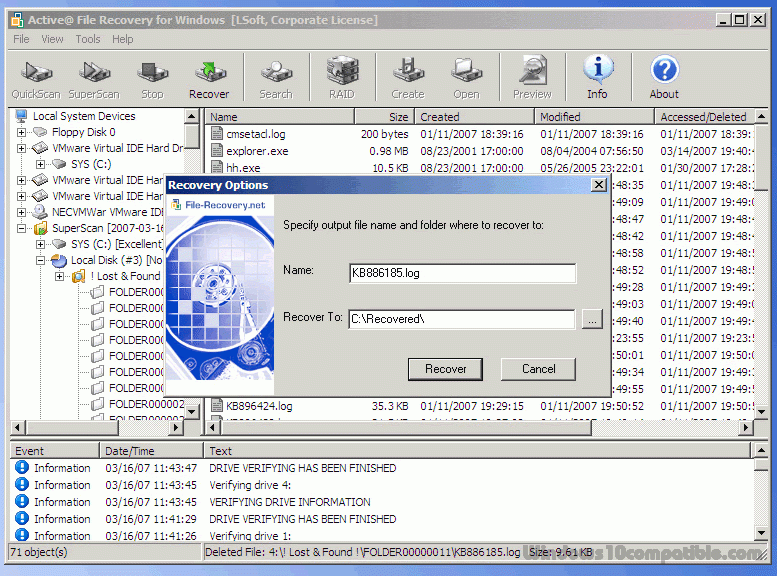
Search for Windows File Recovery and click the top result to open the tool. To recover permanently deleted files on Windows 10, use these steps: Recover deleted files using Windows File Recovery Once you complete the steps, you can proceed to scan and recover files using the tool on Windows 10. To install the Windows File Recovery tool, use these steps:Ĭlick the Install button to add the Windows File Recovery to your device.

Install Windows File Recovery tool on Windows 10 You can use second local drive or any USB storage.Īlso, consider that depending on the amount of data and the size of the drive, the recovery process can take a very long time. Secondary drive to use a recovery destination.Supported file system like NTFS, ReFS, FAT, and exFAT.Windows 10 version 2004 (May 2020 update).To use the winfr command line tool to recover permanently deleted files, you’ll need: Use Windows File Recovery on Signature mode.


Use Windows File Recovery on Default mode.Recover deleted files using Windows File Recovery.Install Windows File Recovery tool on Windows 10.In this guide, you’ll learn the steps to recover and restore deleted files using Windows File Recovery on Windows 10 version 2004. However, if you want to increase the chances of successful recovery, you must use the tool immediately as new deleted files still exist on the drive, but they’re marked for deletion, and they can get overwritten as new files are created. Windows File Recovery is a free command line tool that is capable of recovering a lot of file formats from the system’s hard drive, external USB storage, or SD cards that have been permanently deleted, and you can’t recover from the Recycle Bin. On Windows 10, if you accidentally deleted a file, data got corrupted, or erased a hard drive by mistake, you can use the Windows File Recovery tool to help you recover those files without the need to send the drive to a data recovery company or costly recovery tools.


 0 kommentar(er)
0 kommentar(er)
